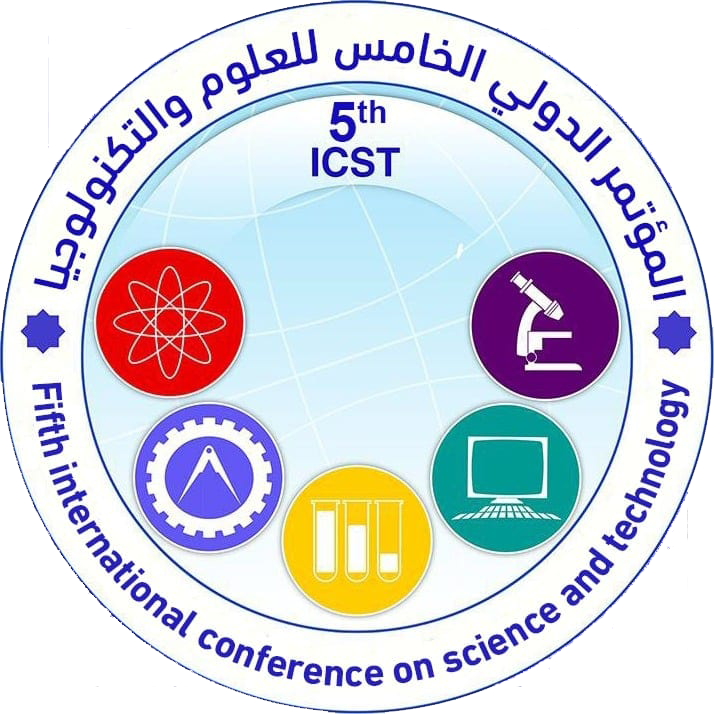Investigation of Wadi Al-Shatti Iron Oxide Effects on the Gamma Ray Attenuation and Compression Strength of Hardened Concrete
Abstract
A local ore material from Wadi Al-Shatti (south west of Libya) using different concentrations were investigated as a shielding material. The linear attenuation coefficients, mass attenuation coefficients and calculated density showed that the ore material used in this study may be preferred as shielding material against gamma radiation. It is clear from the results that as the sample thickness increases, the detector intensity decreases and when percentage of Wadi Al-Shatti Iron Oxide (WSIO) increases, the linear attenuation coefficient (LAC), on the other hand, the mass attenuation coefficients (MAC) decreased. Generally, the attenuation of WSIO increases as increasing the linear attenuation coefficient.This research is also concerned with studying the effect of replacing a mix sand of concrete with different weight of WSIO namely. It was expectedthat addition of iron oxide material with higher density higher hardness than Portland cement will increase the compressive strength. In general, the addition of low contents of WSIO to the concrete may improve the compressive strength, but still depends on the concentration of iron oxide as well as the thickness of the concrete.
Authors
Copyright (c) 2022 Journal of Pure & Applied Sciences

This work is licensed under a Creative Commons Attribution 4.0 International License.
In a brief statement, the rights relate to the publication and distribution of research published in the journal of the University of Sebha where authors who have published their articles in the journal of the university of Sebha should how they can use or distribute their articles. They reserve all their rights to the published works, such as (but not limited to) the following rights:
- Copyright and other property rights related to the article, such as patent rights.
- Research published in the journal of the University of Sebha and used in its future works, including lectures and books, the right to reproduce articles for their own purposes, and the right to self-archive their articles.
- The right to enter a separate article, or for a non-exclusive distribution of their article with an acknowledgment of its initial publication in the journal of Sebha University.
Privacy Statement The names and e-mail addresses entered on the Sabha University Journal site will be used for the aforementioned purposes only and for which they were used.





